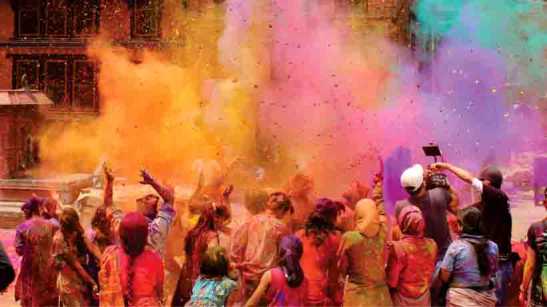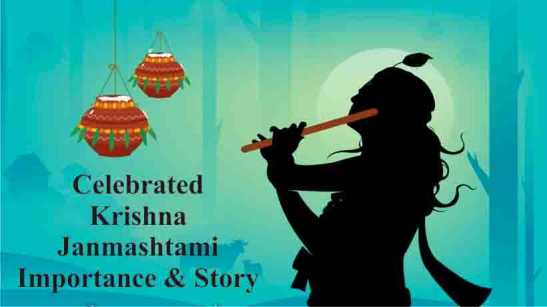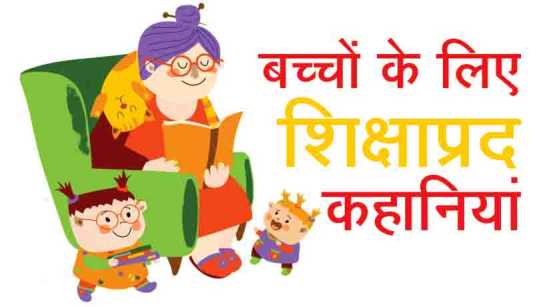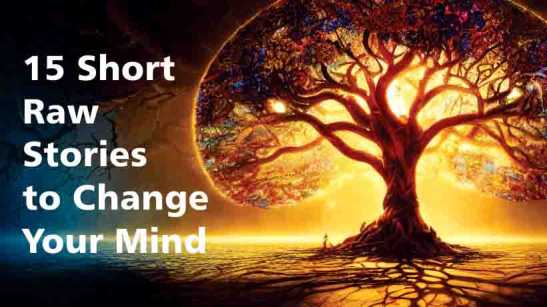Colorful Festival Holi, the famous Indian festival, is a vibrant and joyous celebration that captivates the hearts of millions across the country. It is a time-honored festival that heralds the vibrant arrival of spring, symbolizes the triumph of goodness, and fosters a sense of unity and love among people. Also known as the Festival of Colors or the Festival of Love, Holi is celebrated with great enthusiasm and fervor throughout India and by Indian communities worldwide. This essay explores the significance, traditions, and cultural importance of Holi, showcasing why it remains one of the most cherished and beloved festivals in India.
Contents
Historical and Mythological Significance:
The origins of Holi can be traced back to ancient Hindu mythology and various historical events. One of the most popular legends associated with Holi is the tale of Prahlada, the young son of the demon king Hiranyakashipu. Despite his father’s efforts to dissuade him, Prahlada remained devoted to Lord Vishnu. Enraged by his son’s devotion to a deity he despised, Hiranyakashipu devised sinister plans to kill Prahlada. One such attempt involved his demoness sister Holika, who was believed to be immune to fire. However, through divine intervention, Prahlada emerged unscathed from the pyre, while Holika met her demise. This symbolic triumph of good over evil is commemorated through the Holika Dahan ritual on the eve of Holi.
Holi is also associated with the divine love of Lord Krishna and Radha. According to folklore, the mischievous Lord Krishna, concerned about his dark complexion in comparison to Radha’s fair skin, playfully applied colors on her face and the faces of the other gopis (cowherd girls). This playful act of Krishna became the foundation of the modern-day Holi celebrations where people indulge in the playful and colorful splashing of water and powdered colors.
Preparations and Observations:
Holi is a two-day festival that typically falls in March, during the full moon known as the Phalguna Purnima. The preparations for Holi begin days in advance. Homes are cleaned and decorated, and people purchase colored powders and water guns to engage in the festivities. Traditional sweets like gujiya and malpuas are prepared in households to share with friends and family.
The evening before the main Holi celebration, communities gather for the Holika Dahan, a bonfire ritual symbolizing the burning of evil and the triumph of good. People offer prayers and circle the bonfire, singing hymns and dancing to traditional tunes.
The Colorful Revelry:
The second day of Holi is the main event when people enthusiastically participate in the colorful revelry. Known as Rangwali Holi, it is characterized by the playful throwing of colored powders (gulal) and splashing water on each other. This mirthful activity signifies the breaking down of social barriers and promoting unity, as people of all ages, castes, and genders come together to celebrate with shared enthusiasm.
Children roam the streets armed with water balloons and water guns, eagerly targeting everyone within their range. Laughter and merriment fill the air as people exchange warm greetings and wishes. The atmosphere is infused with infectious joy and love, bringing people closer and fostering a sense of community.
Colorful Festival Holi celebrations are not confined to homes and neighborhoods but extend to public spaces and even temples. Some temples are famous for their grand Holi celebrations, attracting thousands of devotees and tourists from all corners of the world.
Cultural Significance:
Holi’s significance transcends religious boundaries, making it a truly inclusive and secular festival in India. People of different faiths and communities partake in the celebrations, reinforcing the country’s diversity and unity. The festival promotes the idea of forgiveness, letting go of past grudges, and renewing relationships. It serves as a reminder to cherish the bonds of friendship and love, thereby strengthening the social fabric of society.
Holi’s Cultural Impact:
Social Harmony: Holi encourages communal harmony as people from diverse backgrounds come together to enjoy the festivities. The festival fosters an atmosphere of camaraderie, bridging gaps between various sections of society.
Cultural Exchange: Colorful Festival Holi has become increasingly popular on the global stage, attracting tourists from around the world. This cultural exchange helps to break down stereotypes and promotes understanding and appreciation of Indian traditions.
Tourism and Economy: Holi’s popularity has a positive impact on India’s tourism and economy. Travelers from both within the country and abroad flock to India during this time, boosting local businesses and generating revenue.
Art and Creativity: The use of vibrant colors during Holi inspires artists and designers, leading to a range of creative expressions in various forms of art, fashion, and photography.
Environmental Concerns:
In recent years, there has been growing awareness about the environmental impact of Holi celebrations. The widespread use of synthetic and chemical-based colors has raised concerns about water and air pollution. Additionally, the excessive use of water during the festivities contributes to water scarcity, especially in regions facing drought.
To address these concerns, there has been a shift towards celebrating eco-friendly Holi. People are encouraged to use natural and organic colors made from flowers, turmeric, and other plant-based materials. Furthermore, communities have adopted water-conservation measures to reduce wastage.
Conclusion:
Holi is a time-honored festival that symbolizes love, unity, and the victory of good over evil. Its colorful celebrations create an atmosphere of joy, harmony, and camaraderie, bringing people of all backgrounds together in a shared expression of mirth and goodwill. Beyond its religious roots, Holi has become an important cultural event, promoting diversity and fostering a sense of belonging among all Indians.
As the world becomes more interconnected, Colorful Festival Holi’s cultural significance extends beyond India’s borders, attracting people from various corners of the globe to partake in this joyous festival. Nevertheless, as we celebrate Holi, it is essential to be mindful of its environmental impact and embrace eco-friendly practices to preserve the essence of this beautiful tradition for generations to come. Holi remains a testimony to the rich cultural heritage of India and stands as a testament to the nation’s spirit of inclusivity, love, and togetherness.
Friends! I hope you must have liked “Holi – India’s Colorful Festival of Love and Unity” and how much it motivated you, please do tell through comments, any questions and suggestions are welcome. Please Share and subscribe to stay connected. Thank you





